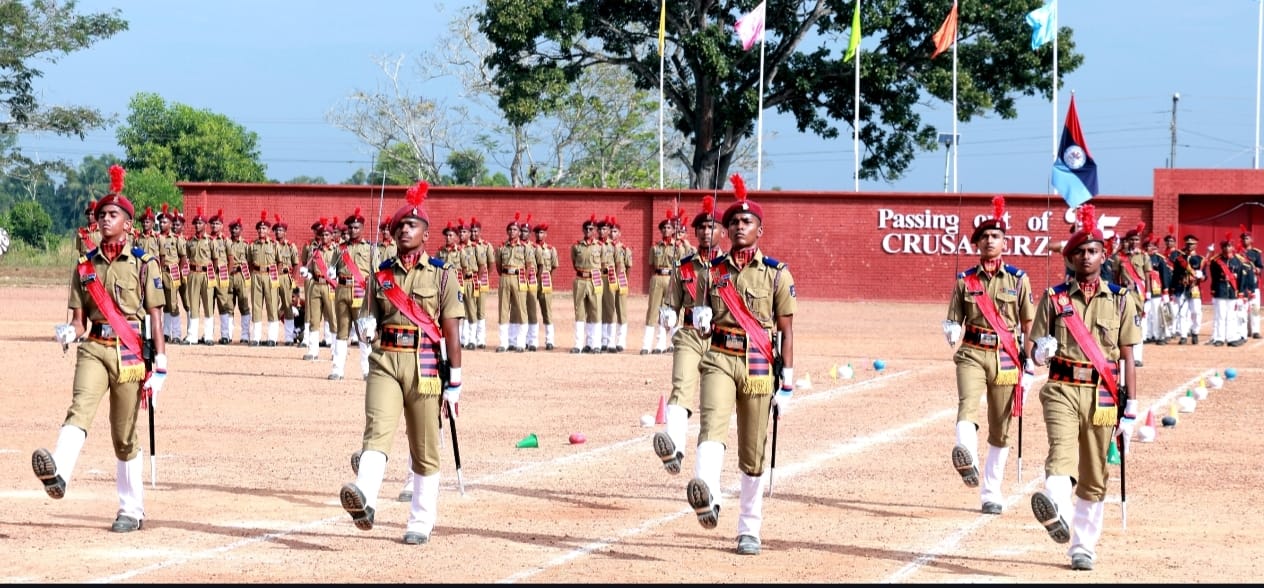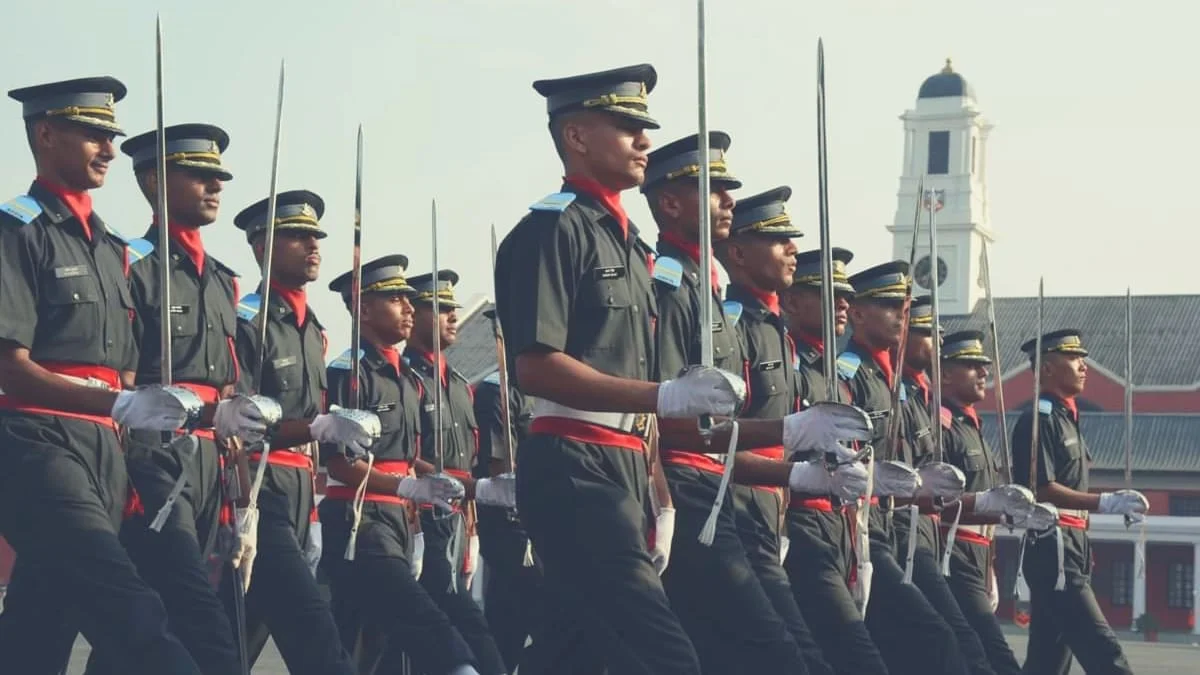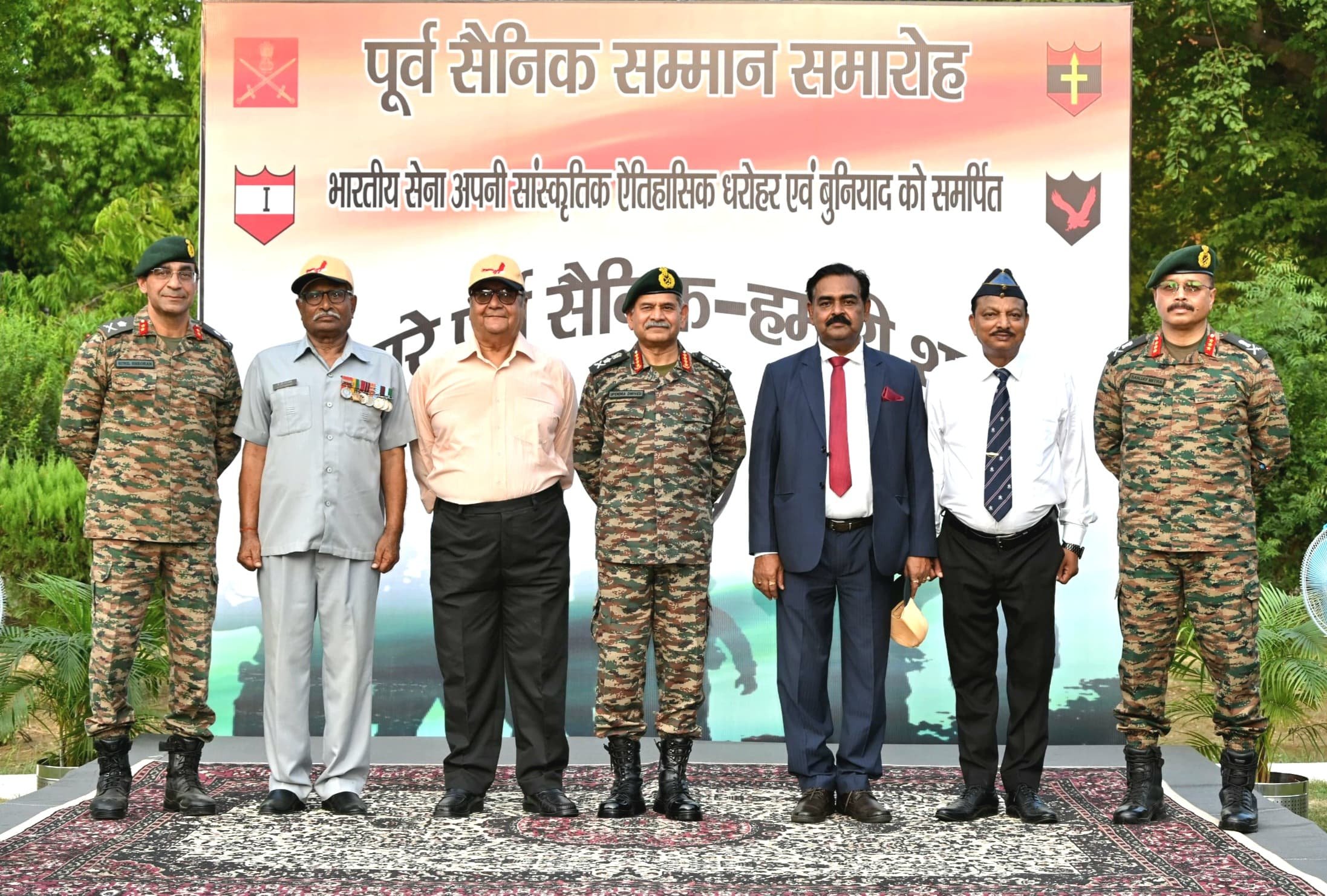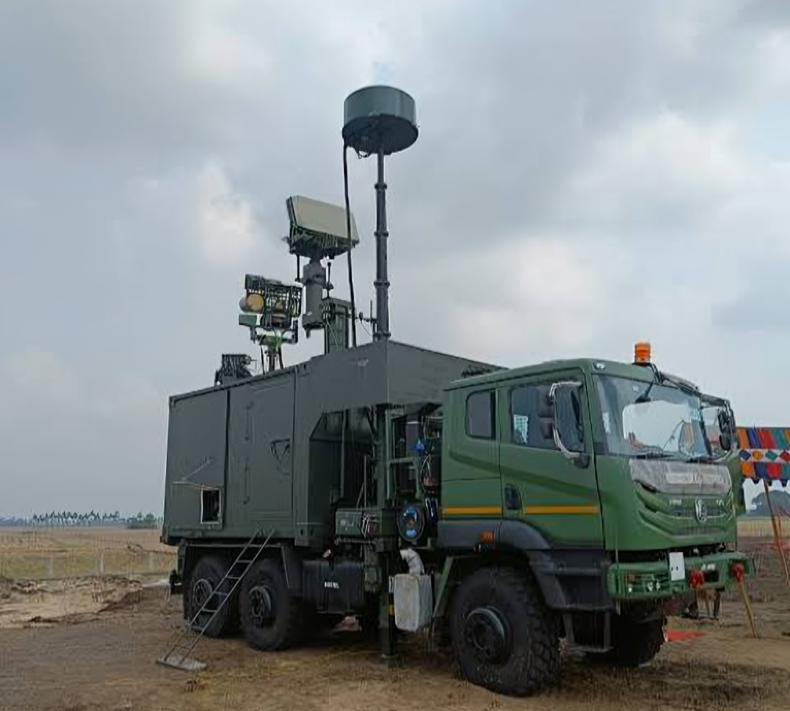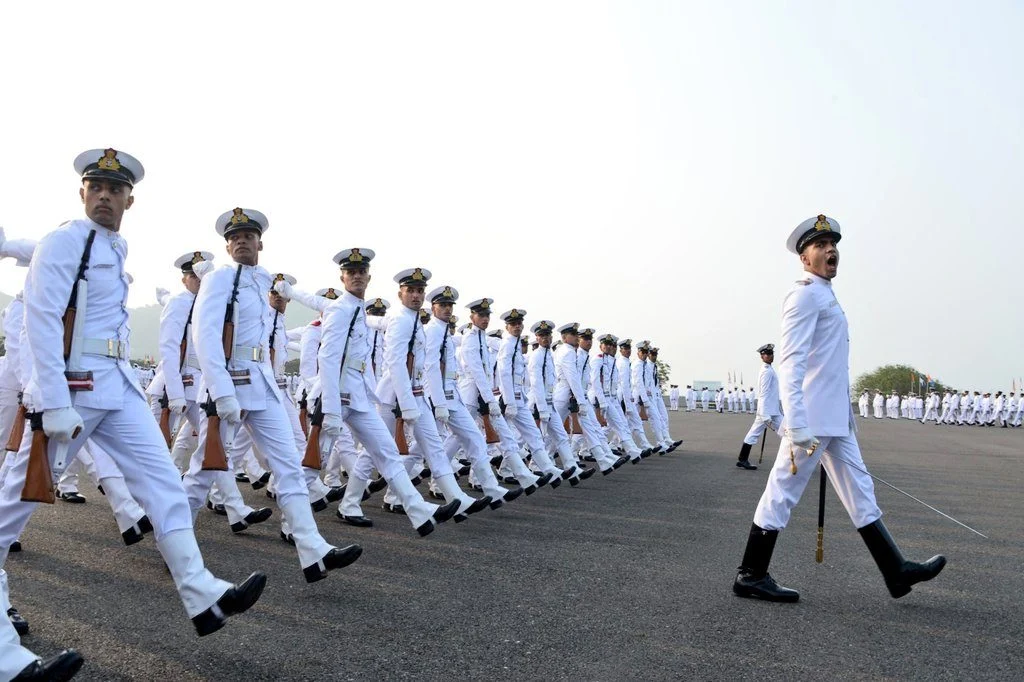Netanyahu Announces Elimination of Hamas Gaza Chief Mohammed Sinwar
Israeli Prime Minister Benjamin Netanyahu on Wednesday confirmed the elimination of Muhammad Sinwar, a senior Hamas commander and younger brother…
Sainik School Kazhakootam Tops CBSE Class XII Results Among Sainik Schools
Sainik School Kazhakootam in Thiruvananthapuram has emerged as the top-performing institution among 33 Sainik Schools across India in the CBSE…
TGC 141 Merit List Published – 176 Candidates Recommended
The much-awaited TGC 141 Merit List for the July 2025 course has finally been released, marking a significant milestone for…
COAS General Upendra Dwivedi Honours Four Veterans at Veteran Achievers Award 2025 in Prayagraj
The Indian Army celebrated the lifelong service of its veterans at the Veteran Achievers Award 2025, held in Prayagraj. General…
Indian Army Releases RFI for Procurement of Manpack and Ground Based Counter Unmanned Aerial System
The Indian Army has taken a major step toward enhancing national security and self-reliance by issuing Requests for Information (RFI)…
Indian Naval Academy Set for POP on 31 May 2025
The Indian Naval Academy (INA) is preparing for one of its most prestigious events of the year, the Passing Out…


